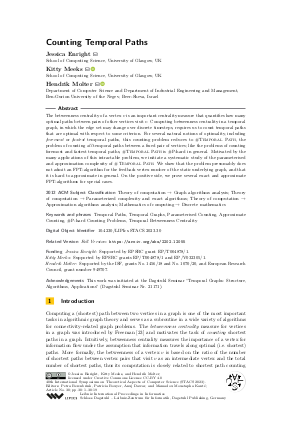LIPIcs.STACS.2023.30.pdf
- Filesize: 0.8 MB
- 19 pages

 Creative Commons Attribution 4.0 International license
Creative Commons Attribution 4.0 International license













































Feedback for Dagstuhl Publishing